Does diesel engine capacity really matter?
Time for a reality check here: So brace for impact, you beard-stroking, scientifically illiterate sons and daughters of outback-conquering bogans…
Here’s a question from Russ and Gaye, who are preparing to launch themselves into the outback and beat it into submission.
We have a 2800kg caravan and chose the BT-50 as our vehicle as it had a bigger motor. As you know most of the vehicles in this range have a high towing capacity but the engine capacity varies considerably.
Our thinking was that the bigger motor wouldn’t be working as hard to pull the van as a smaller motor.
-Russ and Gaye
Two points of order on this.
Firstly, if you’re looking to do some seriously heavy towing like Russ and Gaye (noting that the caravan is already heavier than the BT-50 before adding any payload), you need to go through my Ultimate Guide to Heavy Towing (GVM, GCM, ATM explained) >> This is important: One wrong move could end in disaster.
And check out my Heavy Towing How-To report >> where I’ll walk you through the process (you might even pick up some things you didn’t know before). Complacency breeds failure.
And some other usefull links if you’re a tradie towing heavy tool trailers from dawn to dusk, a farmer, an amateur racer or simply plan to head into the bush like Russ and Gaye:
Is your roadside assistance current? Get Australia-wide coverage from just $69 >>
At Capacity
Secondly, whatever job the engine is doing - climbing a hill at 80, cruising on the flat at 100 - the powertrain is overcoming a fixed set of resistances and generally much less than its peak outputs are being demanded.
Engines in vehicles are rarely called upon to do all they can. Especially so in diesels - how often do you actually see a diesel engine being redlined?
But I get what you’re saying; smaller engines seem to do more with less. They seem to work proportionally harder, like a middleweight up against Iron Mike.
In many of your recent comments on this range of vehicles you put the Triton as one of the best in the range.
My concern is that they have a 2.4-litre motor but the same towing capacity as the BT-50 with 3.2-litre motor.
I’m not a mechanic but I’m thinking that the Triton motor would be working harder to pull our van and so be prone to more problems. I would be interested in your comments on this.
Actually the Triton has a 3.1-tonne tow capacity and the BT has 3.5 tonnes. The 3.5 tonne capacity in BT does come with some hefty compromises, however. It’s not very practical, or safe. But I get what you’re saying. I don’t agree with it, but I get it.
In essence you’re doing this bilateral beard-stroking, and there’s no doubt that the Triton is doing whatever work with less engine capacity, for any given set of loads.
Shopping for a current Mazda BT-50? >> Or Mitsubishi Triton? >>
Considering the new Mazda BT-50 based on the Isuzu D-Max successor? Here’s the truth about that >>
When you look at the peak power figures, BT-50 is making 46 kilowatts for every litre of displacement. Triton is making 55. So the specific power output of Triton is about 20 per cent higher. Navara 2.3 is about 61 kilowatts per litre - that’s 32 per cent above BT. Amarok 3.0 V6 diesel is roughly identical to Navara in specific power output - slightly higher - 37 per cent above BT.
But when you look at a Hyundai Santa Fe or Kia Sorento 2.2 diesel, at around 76 kilowatts per litre, that’s 65 per cent higher than the BT-50. And the 2.0-litre HMG turbo-diesel in Sportage and Tucson is roughly the same as Triton and Amarok V6.
The point being: none of these engines - which have all been deployed in the market for such a long time - none of them have developed a reputation for early catastrophic failure, or premature wear, stemming from being too pumped up.
These kinds of failures in small diesel engines are rare. Statistically, it does not happen. What’s more common is ‘weak link’ type failures that have nothing to do with power production - and I’m talking in general here, across the entire ute and SUV market.
Here’s an example: a dodgy EGR valve might dump all the coolant out the exhaust pipe and then fry and seize the engine, or a high-pressure fuel pump might pack up and destroy the injection system. In a Toyota LandCruiser, the air filter might fail and dust might destroy the engine. Or a DPF system may catastrophically shit itself. These failures have nothing to do with power production. They’re far more prolific.
There’s nothing outrageous - engineering, applied-science outrageous - about how tightly any of these engines is wound up. They’re all pretty conservative. I certainly understand the logic behind the nude, bilateral beard-stroking ‘more is less’ hypothesis. It seems plausible. It just also happens to be bullshit.
Because you test hypotheses by experiment, and this experiment has been running - out there on our roads - for years. These engines simply don’t fail because they’re excessively cranked up for their size. They just don’t.
Transmissions, on the other hand, they can fail during heavy towing. Here’s a quick way to break yours >>
Engine durability has far more to do with how well the engineers in R&D identify premature failure modes - and whether the budget will tolerate the remedy that’s required.
Like, if you know (as an engineer in the skunkworks) that you really should re-engineer that EGR valve, or that air filter, to increase its reliability, you need beancounter approval to spend the big bucks. And sometimes they give you the ‘sex and travel’ response.
These engines do not fail because they can’t handle making enough power to tow your caravan. In fact, transmissions and driveline components generally tend to be weaker links on this.
Transmission admission
Russ and Gay continued to ask their technical questions.
Your comments on the 4WD capabilities and where you can use 4WD i.e. on wet roads etc. was interesting, although I didn’t fully understand it all.
Suffice to say some makes have a better 4WD system than others.
-Russ & Gaye
Realistically, most utes have a 4WD system that might’ve been considered cutting edge in about 1970.
But most utes today are really still just offering the basic three settings: 2WD high range, 4WD high and 4WD low range. And you cannot use 4WD in either range on a high-traction surface like bitumen or concrete - or even a good unsealed road - because the front and rear prop shafts are locked together.
It’s a very basic gearbox. The front and rear propshafts rotate synchronously, whether they want to or not, when you select 4WD. They’re locked in a 1:1 ratio.
And if you try to use 4WD on a grippy surface, all of that grip generated by the high-traction surface places high stresses on the transfer case because those shafts want to turn at different rates every time the vehicle negotiates a curve.
This is called transmission ’wind up’ - and it’s a great way to break something expensive. So you’re kinda stuck in 2WD, high range for the vast majority of driving you do, in the vast majority of notionally 4WD utes. Like, yeah it’s a 4WD. But you’re mainly going to be driving it in RWD.
However, with Triton and Amarok, you get actual AWD. On a high-traction surface. Instead of the prop shafts being mechanically locked, there’s a differential between them - at least there is in a Triton - Amarok might use a different system. It could be viscous coupled, but it amounts to the same thing.
You can use 4WD in high range in these vehicles, on a high traction surface. Because the prop shafts are free to rotate at different rates. Because slip between them is allowed by the mechanism. Thus there’s no ‘wind up’ problem. So that’s kinda nice.
Is your roadside assistance current? Get Australia-wide coverage from just $69 >>
This is a big advantage when you’re trying to put a lot of tractive effort to the ground at low speeds, say, on a wet road, because you’re splitting the drive between all four wheels, not just the two at the back. It’s like a Subaru. See Outback >>, Forester >>.
And of course when it’s really slippery you can lock the centre diff and lock those driveshafts together for even greater tractive effort when loss of traction is likely. Just like on an AWD SUV. You click a switch and a solenoid locks the centre diff.
It gobsmacks me that more utes don’t offer AWD.
I mean, it’s nearly 2021. Phillip K Dick thought we’d have flying cars by now. Yet - essentially - we’ve actually still got drive systems that were looking Joan Rivers, towards the end of last century, in most utes.


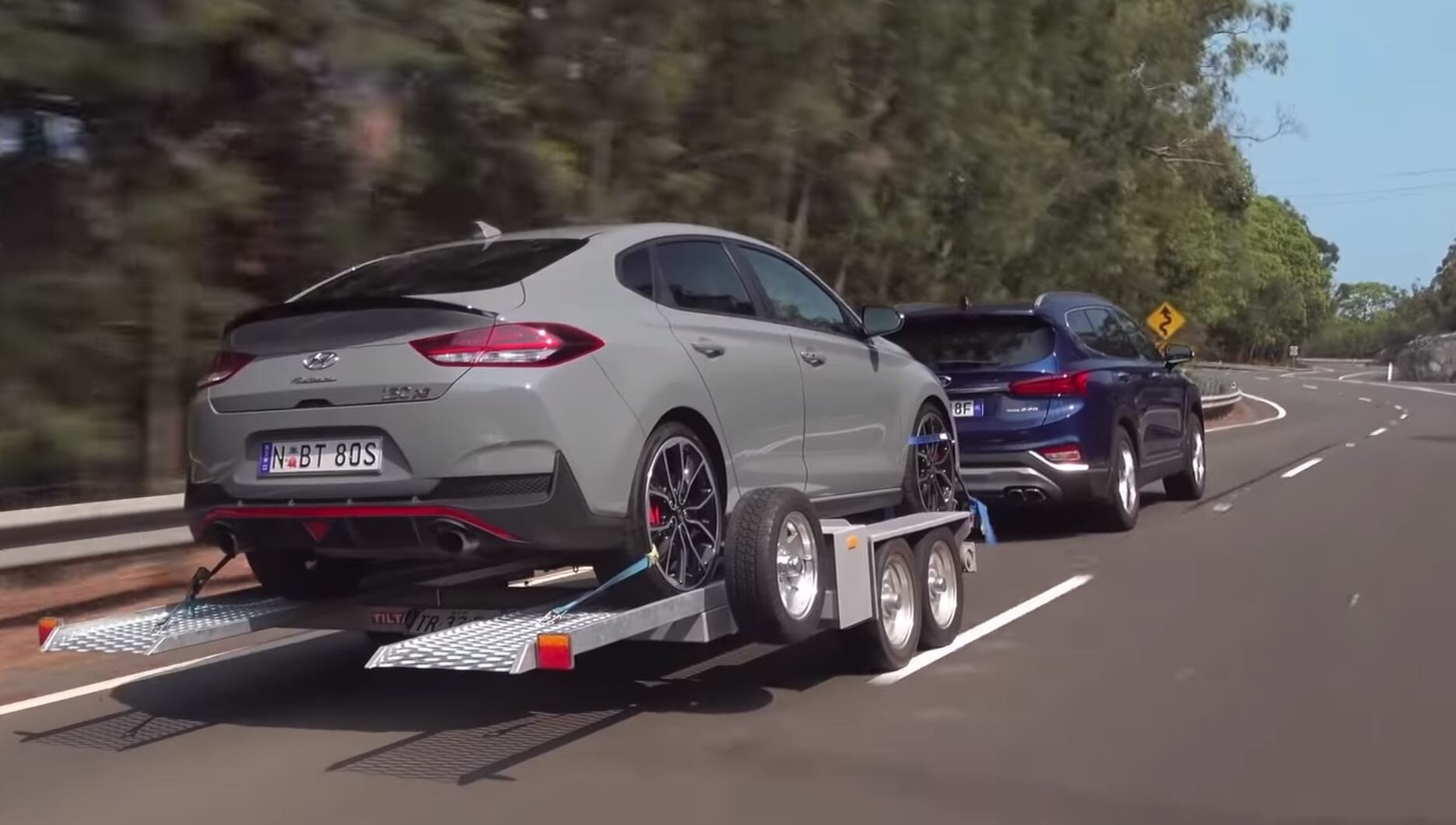
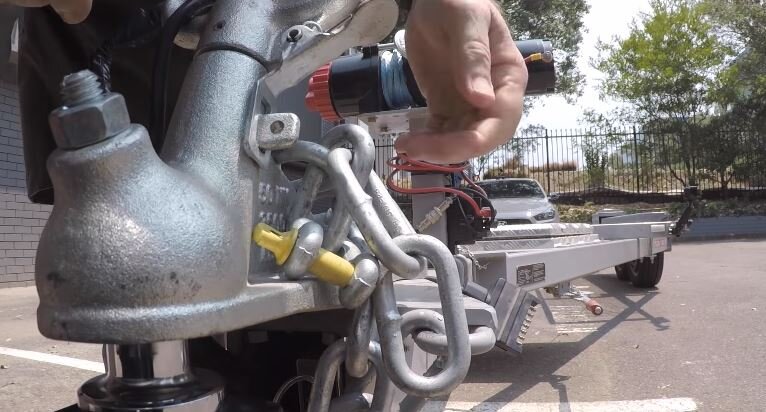
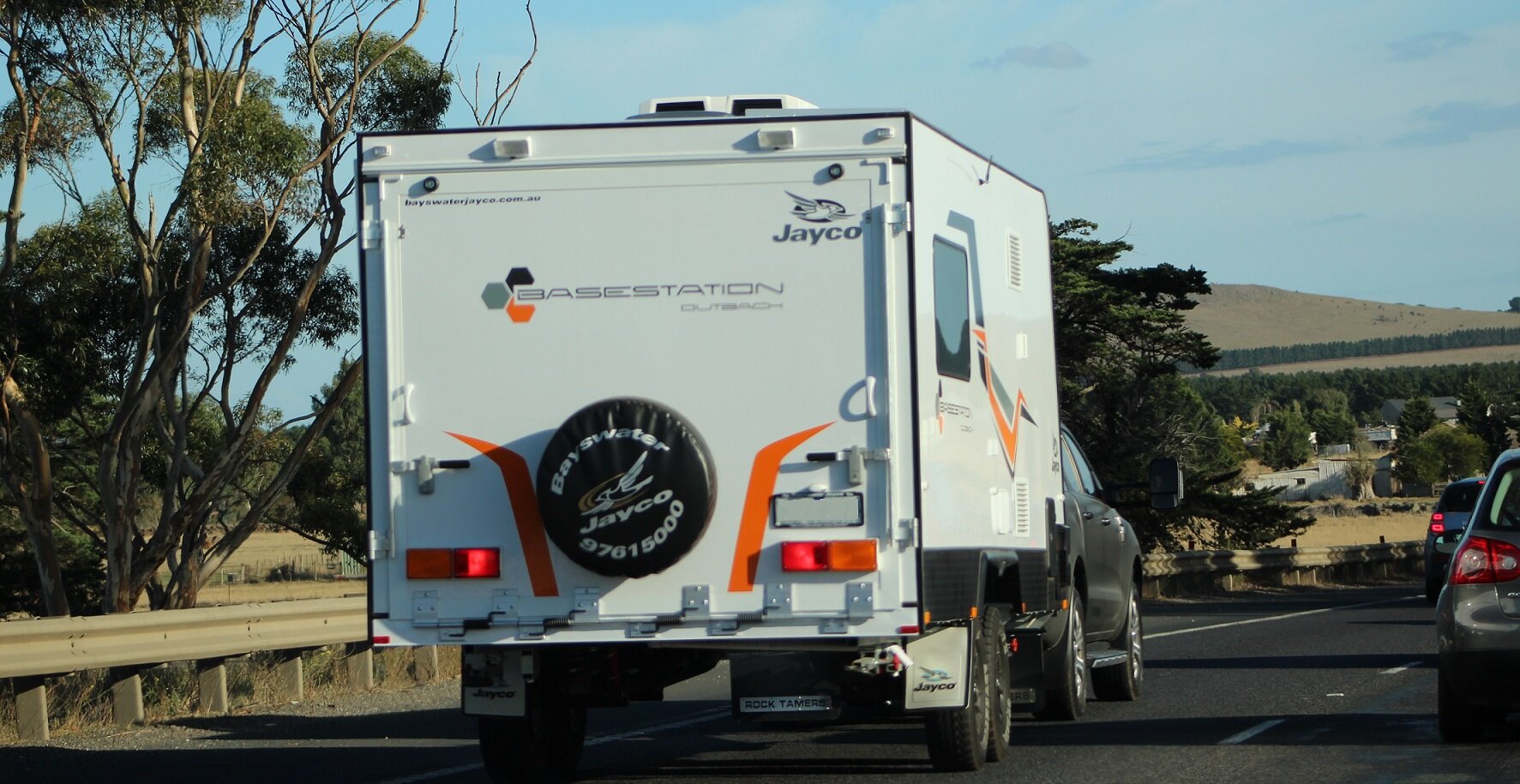
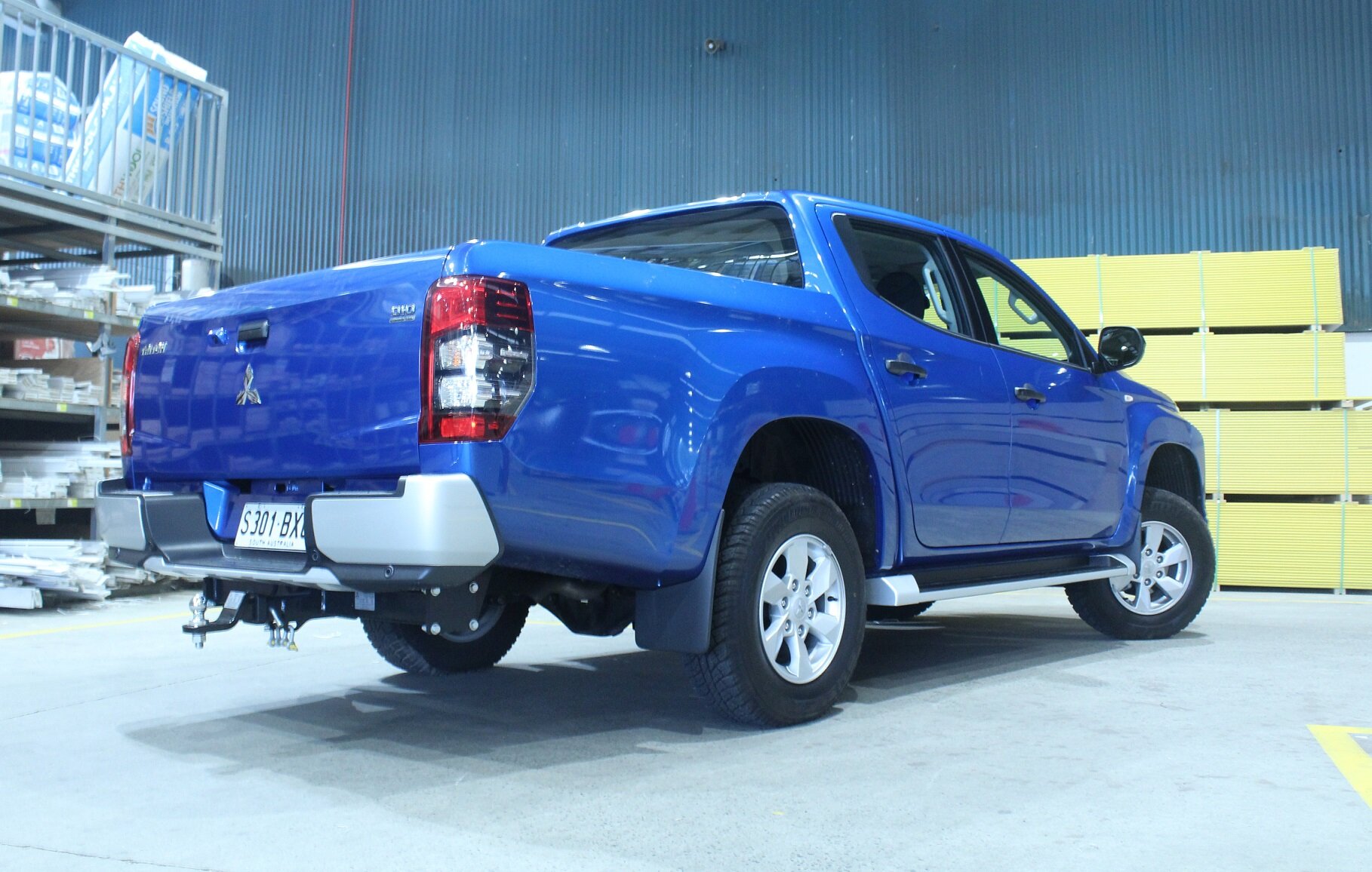
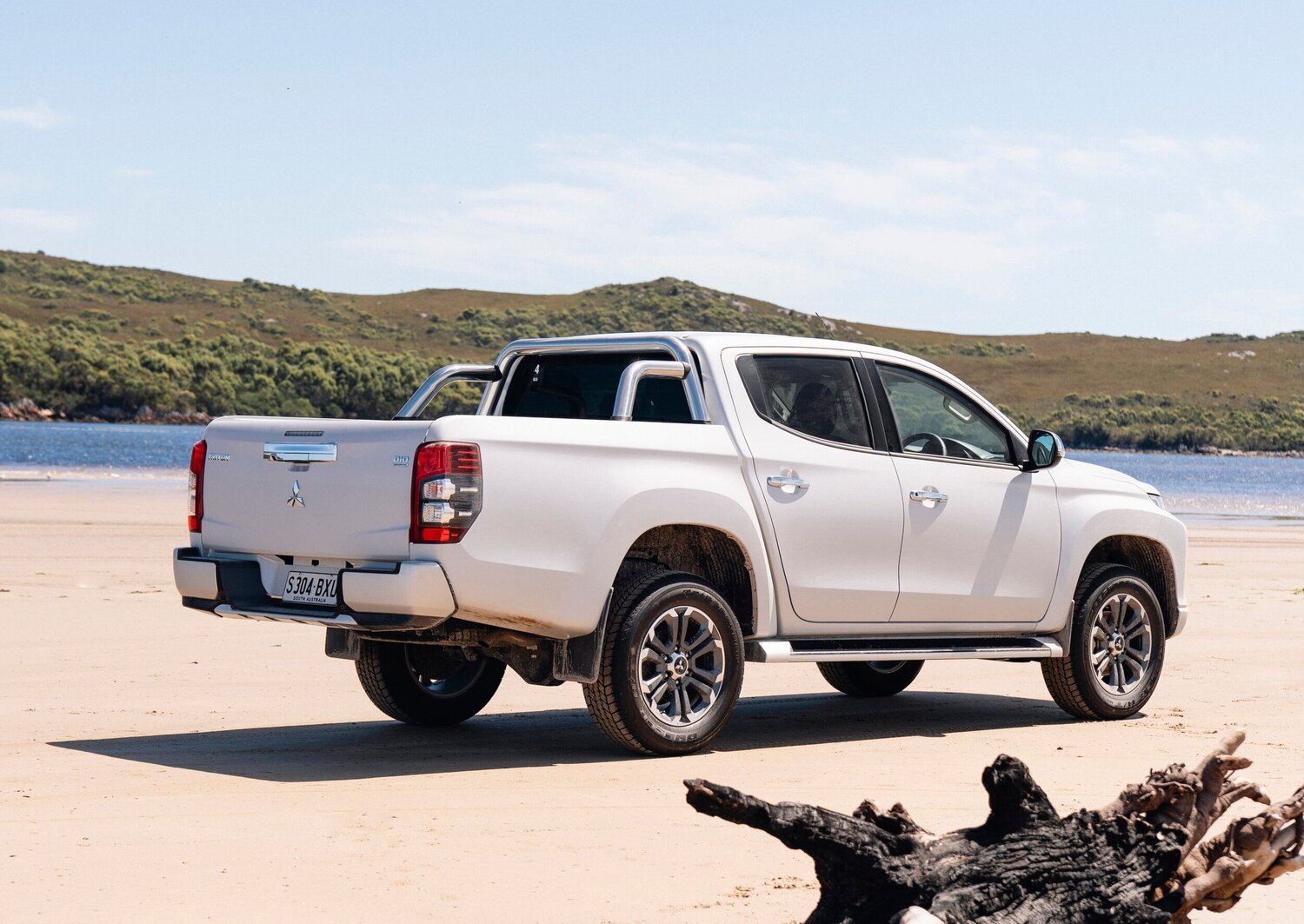
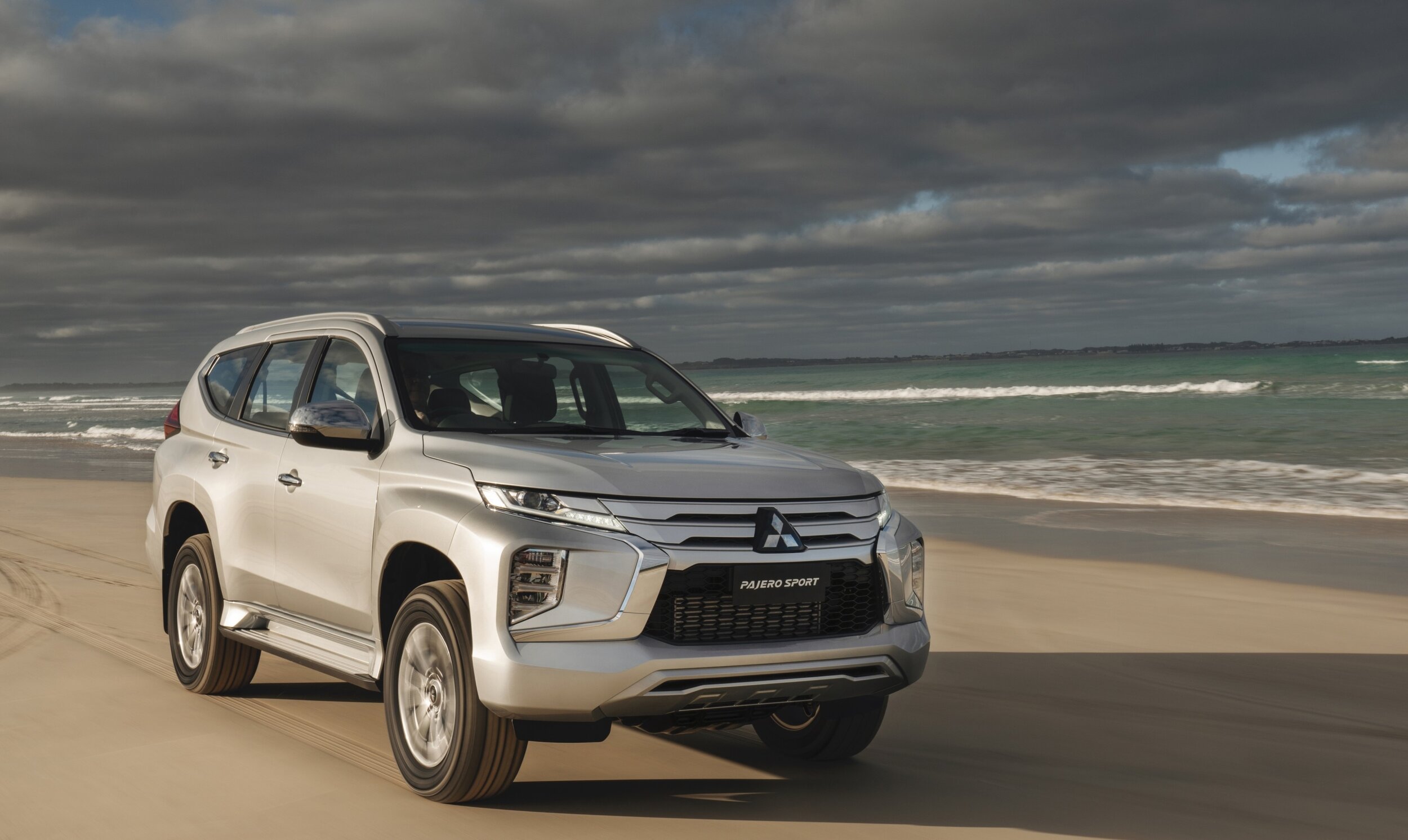
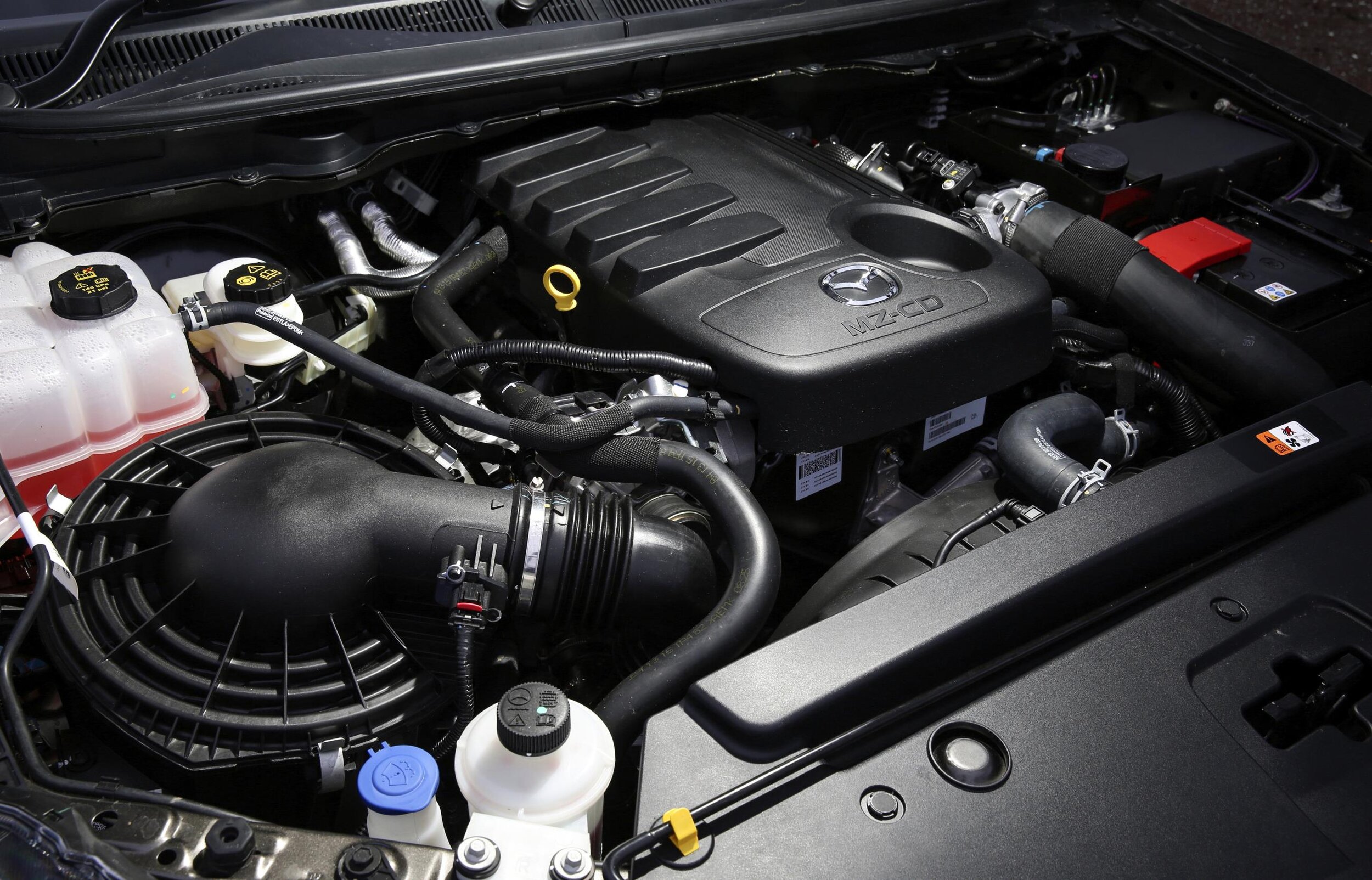
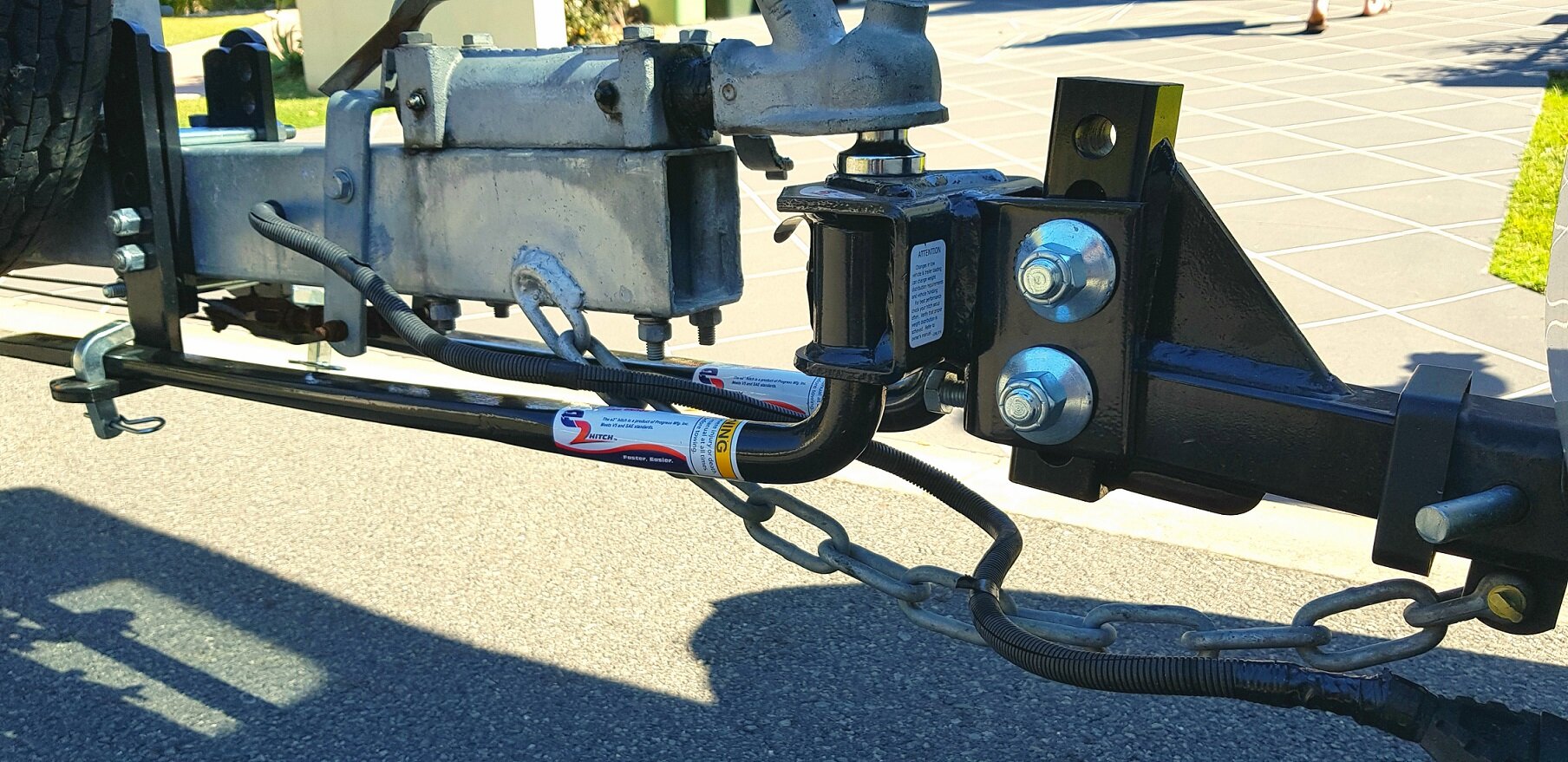






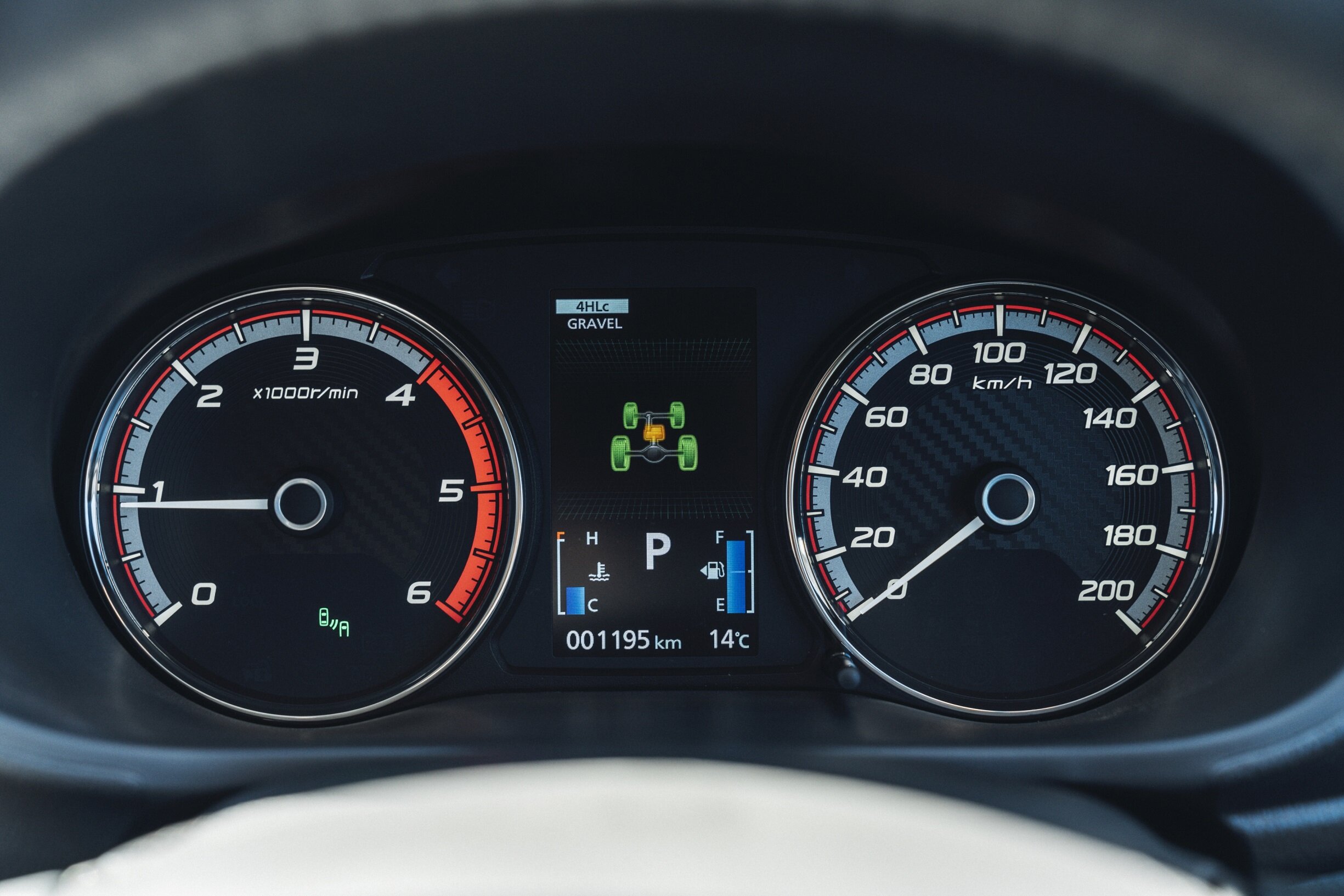
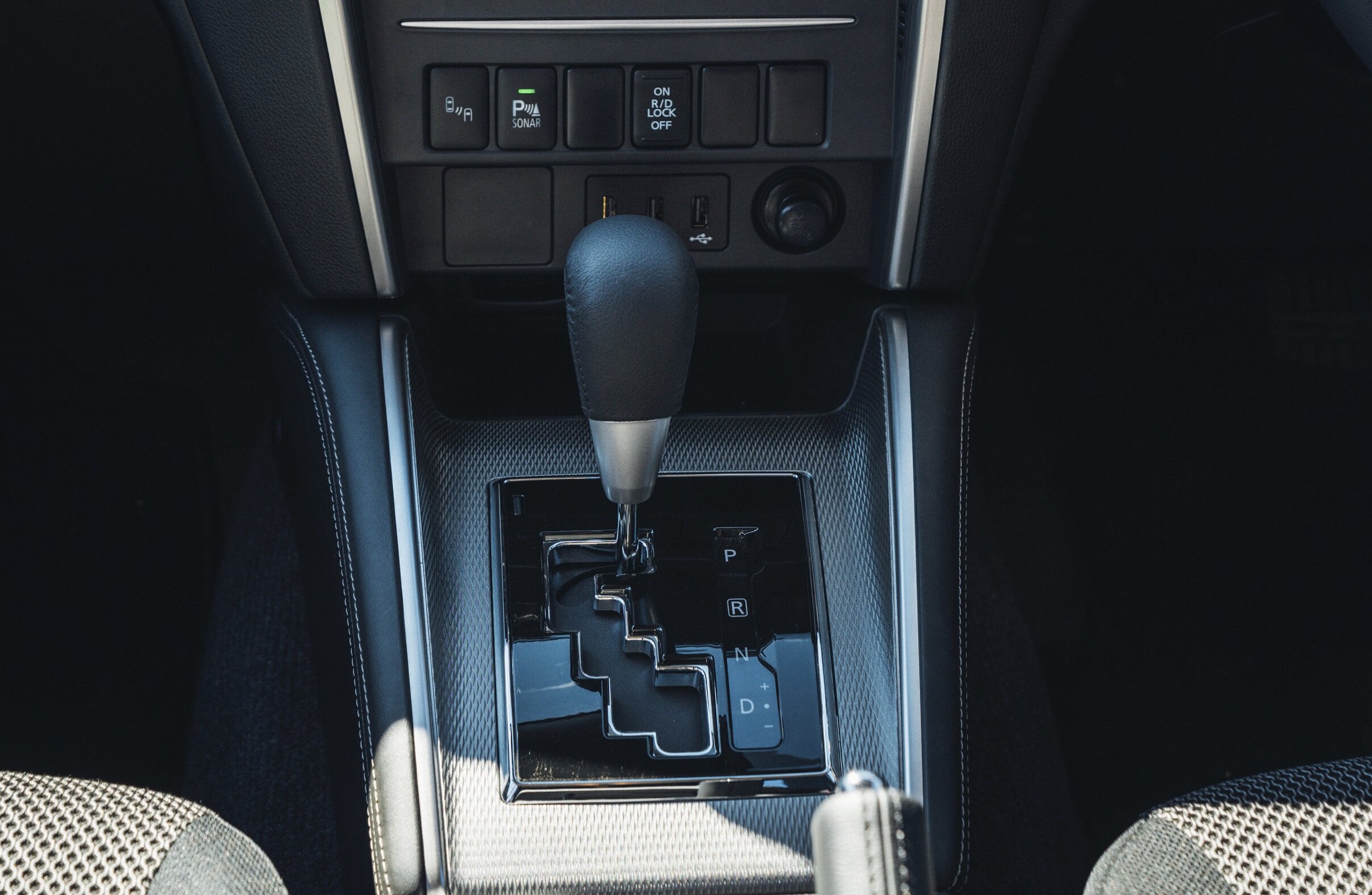
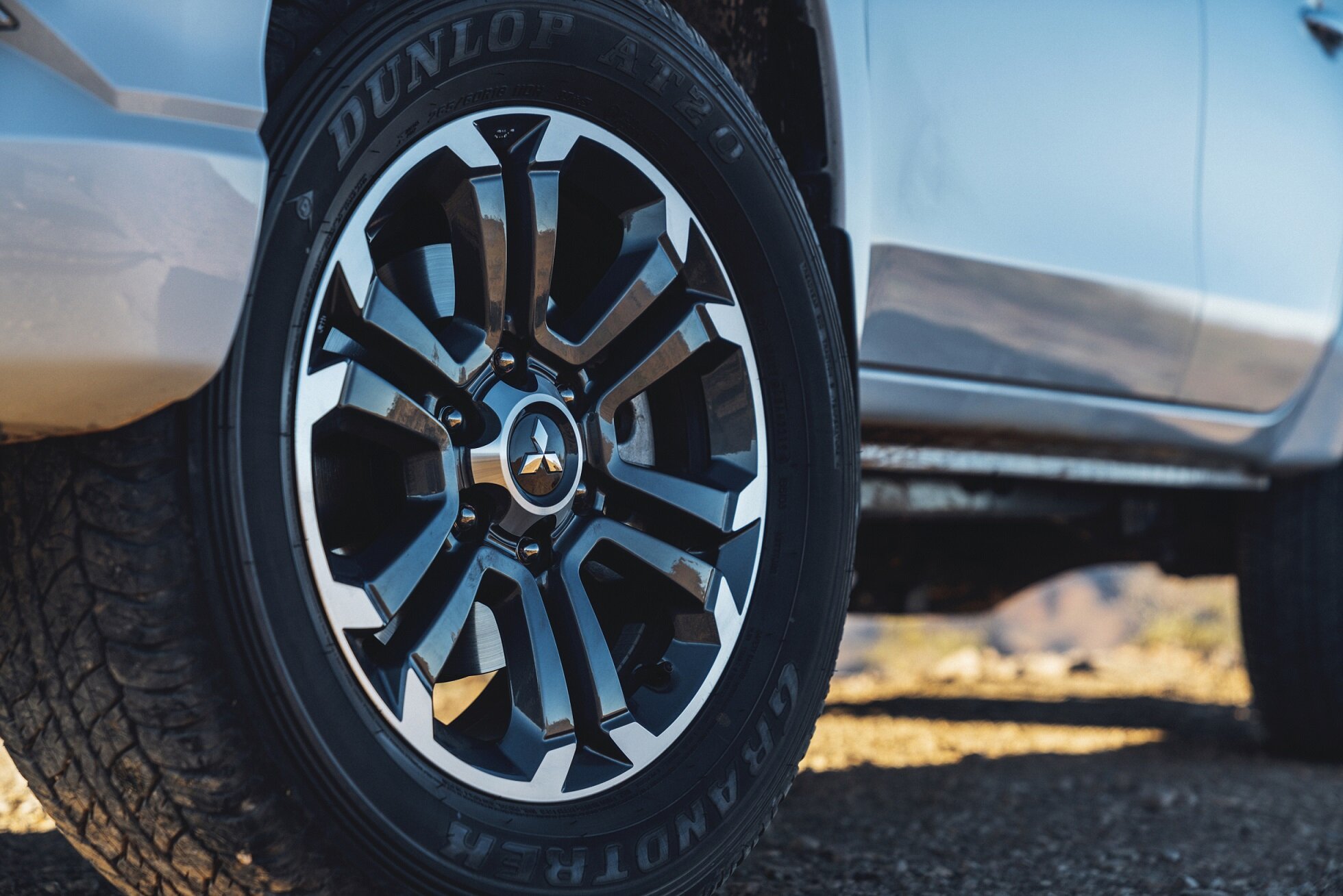



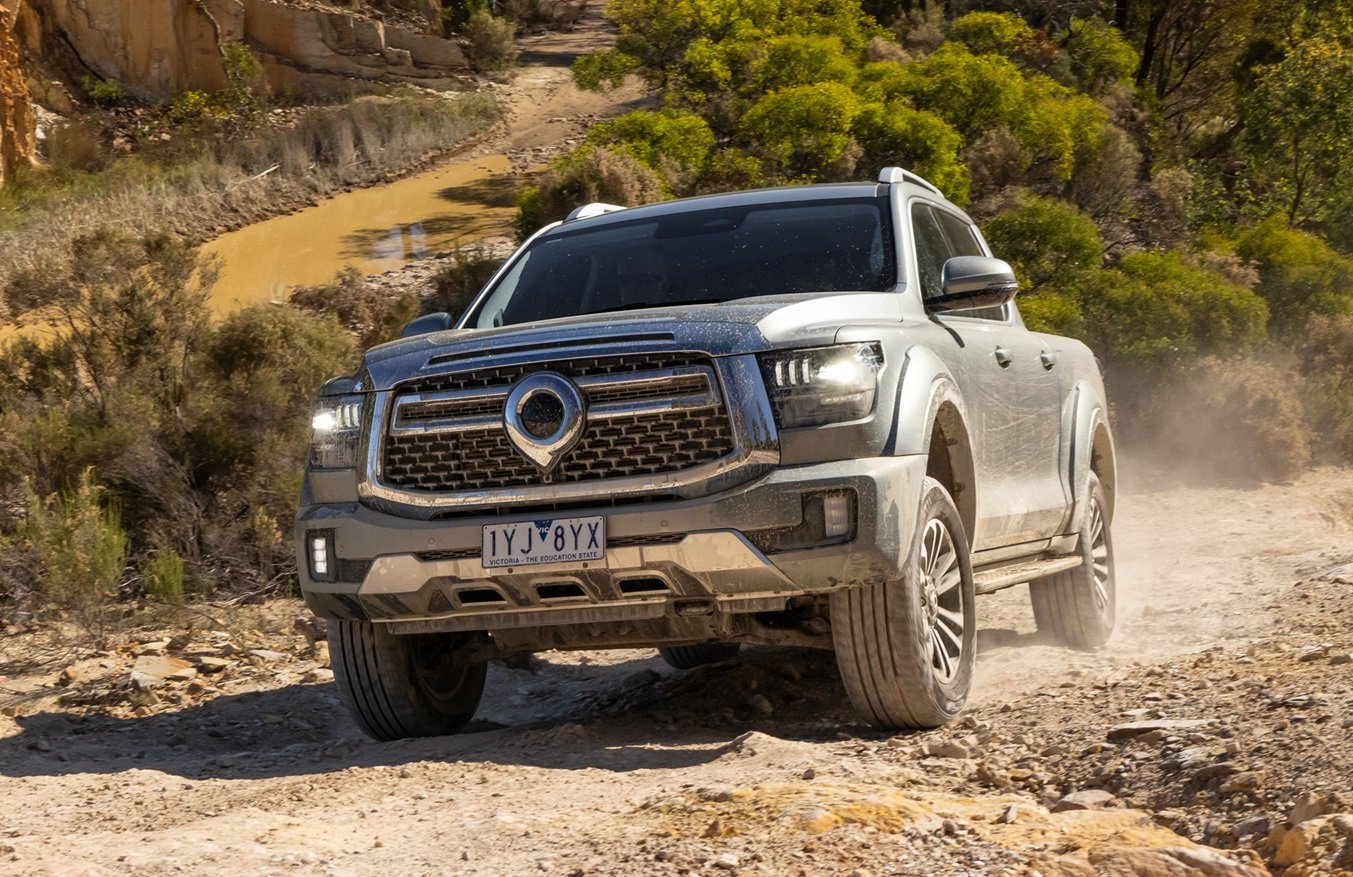

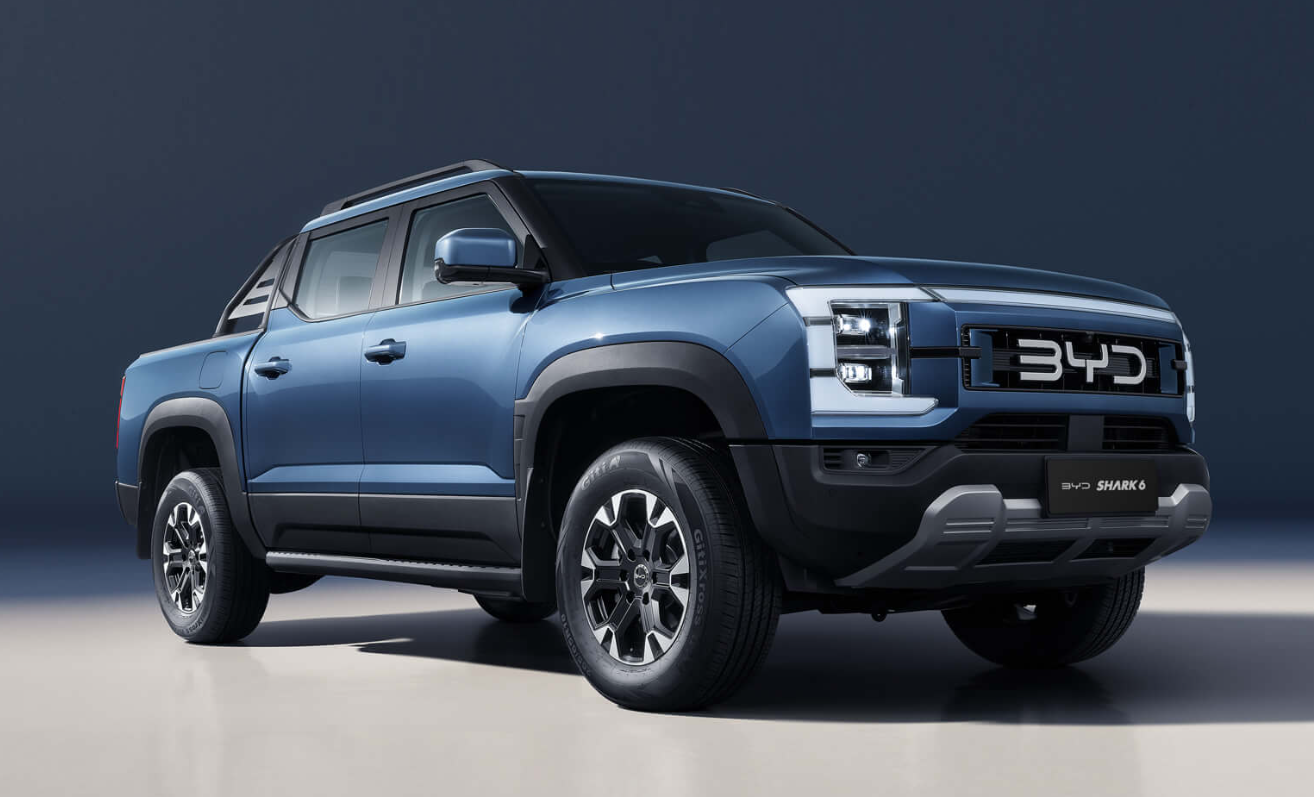





There’s plenty to like about the 7-seat Ford Everest for hardcore off-roading and heavy towing thanks to its big V6 diesel. But is it wise dropping up to $80K on Ford these days?